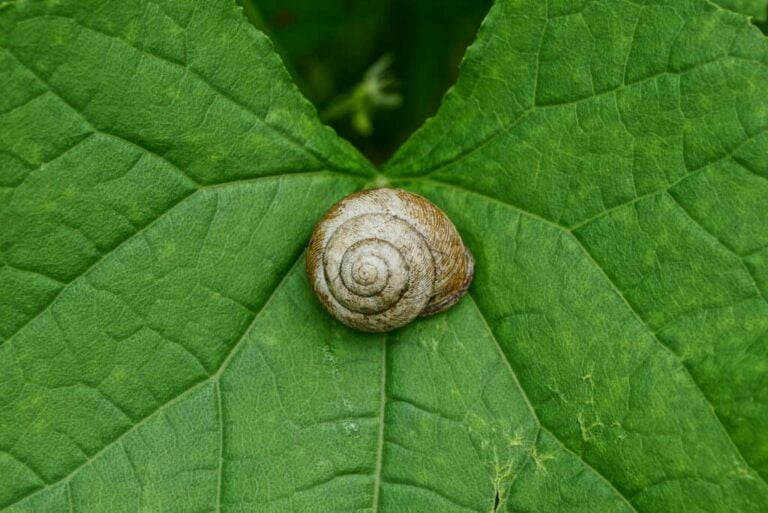Biophilia - Inviting Nature Indoors
“Nature is painting for us, day after day, pictures of infinite beauty.”
John Ruskin
The restorative properties of nature are there for all to see. We’ve previously written about the Japanese practice of Shinrin-Yoku and the huge benefits it has on health and wellbeing. But can we bring nature indoors? Even the most ardent forest bather might not be too keen practicing it in mid-December in the mud and freezing rain. Thankfully there are many ways to bring nature inside, the practice even has a name: ‘Biophilia’ is largely concerned with 3 ideas:
That a space puts you in direct, physical contact with nature.
A reminder of natural things through patterns, colours and textures.
Living in a way that connects with natural rhythms (the seasons, sunrise and sunset etc).

It’s a sad truth that we often find ourselves disconnected from nature in urban environments. In times past, we built shelters from what we could find nearby. Log cabins have been replaced by soulless, concrete towers. Mud huts and igloos are a biophiliac’s dream, but don’t yet have a category on Rightmove, so let’s try for the next best thing.
Indoor plants aren’t just eye-candy. They serve a purpose. Indoor air is 2-5 times more polluted than outdoors. Plants are effectively natural air-purifiers. They don’t just absorb carbon dioxide, but they soak up toxins too. Bonsai trees are a perfect way to bring the forest indoors. A tree doesn’t have to loom over you to be appreciated!
You can also recreate the smells of nature. Reed diffusers are the best and most environmentally-friendly way to do this. Nowadays, we can all hear the sounds of nature at the press of a button. A dawn chorus or perhaps crickets chirping could be your way of decompressing and clearing your mind
A fireplace is hugely encouraged, as is regular circulation of fresh air. Open your windows whenever you can. Wood is another way to embrace biophilia. Trees can be appreciated long after they’ve suffered the fate of the lumberjack. Wood can be incorporated into your home in many ways, from a table to a spoon and everything in between. It’s great for acoustics and improves air quality by regulating humidity. History is embedded into wooden furniture. There is an enduring appeal that synthetic products just don’t match. A tree that once absorbed nutrients, breathed life into our atmosphere and housed thousands of organisms is still serving a purpose, decades, or even centuries after it was cut down.
Antonio Gaudi used to say, “there are no straight lines or sharp corners in nature”. Certain shapes do appear in nature over and over though, like spirals. (a snail’s shell, a ram’s horns, a spider’s web). Try and emulate these spirals wherever you can. Take a leaf from Gaudi’s book and use curves instead of straight edges. Another example of a shape that reoccurs in nature is the fractal:


Embrace natural colours as much as you can. The two most present colours in nature are blue and green. A sky-blue wall is no substitute for the sky, but as per rule two, often being reminded of nature is enough. Wherever possible, try to use natural dyes and resins when painting.
It’s always best to experience nature first-hand, but when that’s not possible, there are a variety of ways to invite nature into your home. We’ve listed Sally Coulthard’s book on biophilia below, which goes into depth examining how welcoming nature indoors can boost your mental and physical health. Potted plants are just the beginning.



